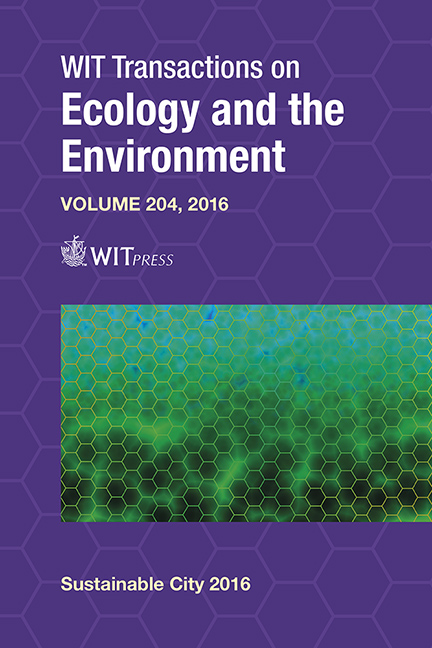Making Education On Sustainable Community Planning Tangible
Price
Free (open access)
Transaction
Volume
204
Pages
17
Page Range
789 - 805
Published
2016
Size
1,347 kb
Paper DOI
10.2495/SC160651
Copyright
WIT Press
Author(s)
U. Rydningen, C. Nordahl-Rolfsen
Abstract
Sustainable development is a global issue, but for many people it is most meaningful to discuss sustainability at the local level, where people live their daily lives. Civil and environmental engineers (CEE) most often are dealing with local level tasks, and their designs are influencing human behaviour and thereby having an impact on the local communities’ sustainability outcome. This paper describes Norwegian CEE students’ experiences, gained from guided study-tours to Copenhagen and Malmö during the past three years. An annual three-day study-tour is arranged as part of three simultaneously offered courses: ‘Integrated Land Use and Transport Planning’, ‘Environmental Engineering’ and ‘Architecture Theory and History’. The purpose of this study is to investigate which learning outcomes our students had from the urban districts visited, and how they evaluate the sustainability measures witnessed. Auditing is based on the students’ knowledge acquisition from these three courses and previous courses through their studies. From their case-studies in Örestad (Copenhagen) and Western Harbour (Malmö), the students’ group reports are describing themes like local climate, human scale, traffic safety, urban drainage systems (SUDS), landscape and open spaces, green roofs, crime prevention (CPTED), and universal design. By walking around, students become aware of qualities that should be implemented in local planning and design processes. From the students’ group reports we can see that students are able to reflect on local sustainability outcomes, recommend further improvements and discuss their results related to sustainability theories and planning history.
Keywords
engineering education, sustainable urban development





